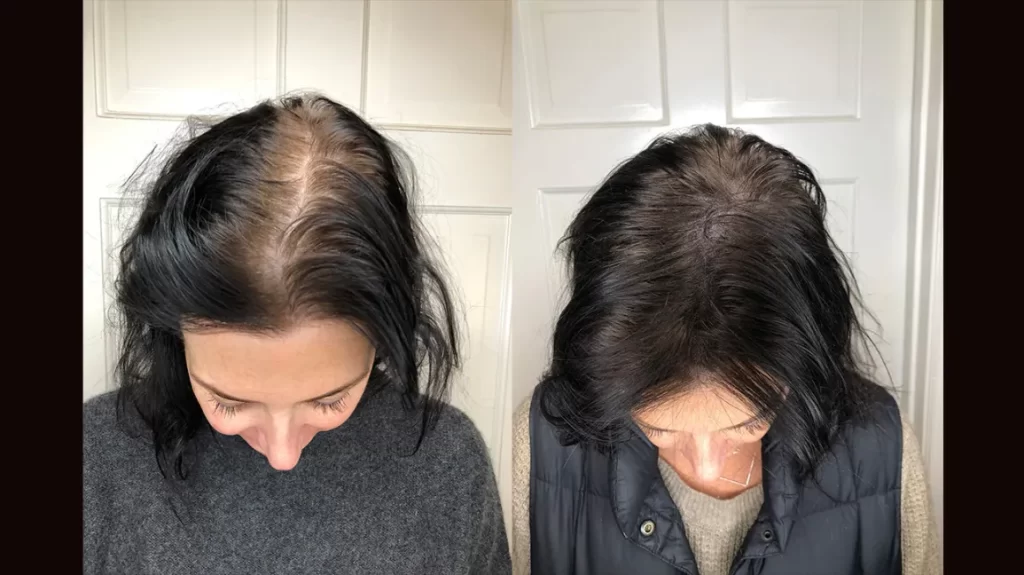Scalp micropigmentation (SMP) has emerged as an innovative solution for those dealing with hair loss, providing a non-invasive way to create the illusion of a fuller head of hair. This cosmetic procedure has gained traction among both men and women, offering a blend of aesthetics and confidence restoration. This article explores the intricacies of scalp micropigmentation, including its process, benefits, considerations, and maintenance.
Understanding Scalp Micropigmentation
Scalp micropigmentation is a form of cosmetic tattooing that applies pigments to the scalp, resembling the appearance of hair follicles. This technique effectively camouflages areas of thinning hair, creating an impression of increased density. SMP is versatile, addressing various hair loss conditions, including androgenetic alopecia, alopecia areata, and even scalp scars.
History and Evolution
The concept of micropigmentation isn’t new; it has roots in traditional tattooing. However, advancements in technology and techniques have refined the process. Originally used predominantly for men, SMP is now recognized as a valuable option for women, enhancing their self-esteem and overall appearance.
The SMP Process
Initial Consultation
The journey begins with a consultation with a trained SMP practitioner. During this meeting, the practitioner evaluates the client’s scalp condition, hair loss pattern, and desired outcomes. Open communication is vital here; clients should express their expectations to ensure the best results.
Color Matching
A crucial aspect of the process involves selecting the appropriate pigment color. Practitioners consider the client’s natural hair color, skin tone, and existing hair density. This step ensures the final outcome looks natural and blends seamlessly with the client’s hair.
Procedure Steps
The SMP procedure typically consists of several steps:
- Preparation: The scalp is cleaned, and the practitioner may shave the hair in the treatment area for optimal results.
- Mapping: The practitioner outlines the areas to be treated, creating a blueprint for the application.
- Pigment Application: Using a specialized tattoo machine with fine needles, the practitioner deposits pigment into the upper layers of the scalp. This process mimics the appearance of hair follicles, with tiny dots scattered to create a natural look.
- Layering: Depending on the desired density, the practitioner may apply multiple layers of pigment. Each session builds upon the last, gradually achieving the client’s goals.
Duration
The entire process usually takes between two to four hours, depending on the extent of treatment. Clients should be prepared for a session that might involve some discomfort, likened to light scratching. Most find the sensation tolerable.
Aftercare
Proper aftercare is crucial for maintaining the quality and vibrancy of the pigment. Following the procedure, clients are typically advised to:
- Avoid direct sunlight on the scalp for a few weeks.
- Refrain from excessive sweating or strenuous exercise.
- Keep the scalp clean and moisturized.
Following these guidelines helps ensure that the pigments settle correctly and last longer.
Touch-Up Sessions
After the initial application, a follow-up session is usually recommended around four to six weeks later. This session allows the practitioner to assess how well the pigments have taken and make any necessary adjustments. Touch-ups help maintain the desired look over time.
Benefits of Scalp Micropigmentation
Scalp micropigmentation offers numerous advantages, making it an appealing option for those experiencing hair loss:
1. Non-Invasive Solution
One of the main appeals of SMP is that it is a non-surgical procedure. Unlike hair transplants, which require incisions and longer recovery times, SMP is relatively quick and minimally invasive.
2. Immediate Results
Clients can see results immediately after the first session, with enhancements occurring over subsequent appointments. This instant gratification can be particularly appealing for those eager to address their hair loss concerns.
3. Long-Lasting Effects
With proper care, the results of SMP can last for several years. While some fading may occur, regular touch-ups can keep the pigments vibrant.
4. Natural Appearance
When performed by a skilled practitioner, SMP can create a highly realistic look that mimics natural hair follicles. This realism is crucial for clients seeking to restore their confidence.
5. Versatility
SMP can be tailored to various hair loss conditions and personal preferences. Whether a client desires a buzzed look or wants to fill in thinning areas, the treatment can be customized to meet their needs.
6. Scalp Scar Camouflage
For individuals with scars from previous surgeries or injuries, SMP can effectively camouflage these imperfections, improving the overall aesthetic of the scalp.
Considerations Before Getting SMP
While scalp micropigmentation offers numerous benefits, there are essential considerations to keep in mind:
1. Choosing a Qualified Practitioner
Selecting the right practitioner is critical. Clients should research their credentials, experience, and reviews. Viewing a portfolio of past work can also help ensure the practitioner’s style aligns with the client’s expectations.
2. Skin Sensitivity
Clients with sensitive skin should discuss this with their practitioner. A patch test may be advisable to check for any allergic reactions to the pigments used.
3. Setting Realistic Expectations
It’s essential for clients to have realistic expectations regarding the results. While SMP can significantly improve the appearance of hair density, it does not promote hair growth or restore lost follicles.
4. Cost Considerations
The cost of scalp micropigmentation can vary widely based on the practitioner’s expertise, the geographic location, and the extent of treatment required. Clients should consider both the initial investment and potential touch-up costs when budgeting.
5. Maintenance
While SMP requires less maintenance than other hair restoration options, some fading is expected over time. Regular touch-ups will be necessary to maintain the desired look.
Conclusion
Scalp micropigmentation is a transformative solution for those facing hair loss, offering a realistic, non-invasive way to enhance appearance and confidence. By understanding the process, benefits, and considerations, individuals can make informed decisions about this innovative treatment. As the demand for scalp micropigmentation continues to grow, it is essential to choose a qualified practitioner and establish clear expectations to achieve the best possible results. With the right approach, scalp micropigmentation can be a powerful tool in the journey toward self-empowerment and aesthetic satisfaction.



